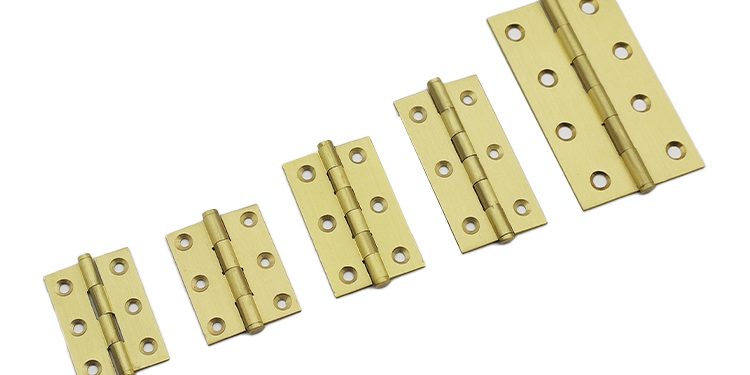When it comes to selecting hinges for your doors or enclosures, understanding the differences between continuous hinges and butt hinges is crucial. In this article, we’ll compare these two hinge types to help you make an informed decision for your specific project.
Continuous Hinges
- Design: Continuous hinges have a uniform, uninterrupted design that runs the entire length of the door or panel.
- Strength: They offer exceptional strength and even weight distribution, preventing sagging.
- Applications: Ideal for high-traffic areas, secure enclosures, and doors requiring tamper resistance.
- Smooth Operation: Continuous hinges provide consistent and smooth door movement.
- Tamper Resistance: Due to their uninterrupted design, continuous hinges are tamper-resistant, enhancing security.
Butt Hinges
- Design: Butt hinges have knuckles and pivot points, which may create potential stress points.
- Strength: They provide strength but may have limitations when distributing weight evenly.
- Applications: Commonly used in residential doors and some commercial applications.
- Smooth Operation: While they offer smooth operation, the consistency may vary depending on design and quality.
- Customization: Butt hinges come in various sizes and materials, offering some customization options.
Choosing the Right Hinge
- Heavy-Duty Needs: If your project involves heavy doors or secure enclosures, continuous hinges are the preferred choice due to their exceptional strength and tamper-resistant properties.
- Security and Durability: For security doors and applications where durability is essential, continuous hinges offer unparalleled reliability.
- Customization: Continuous hinges can be customized to fit specific door sizes and design requirements, ensuring a precise fit and optimal functionality.
- Cost-Effective Solutions: Butt hinges may be suitable for less demanding applications where cost considerations are essential.
Conclusion
Both continuous hinges and butt hinges have their advantages and are suitable for various applications. Your choice should be based on the specific requirements of your project, including door weight, security needs, and durability expectations.







